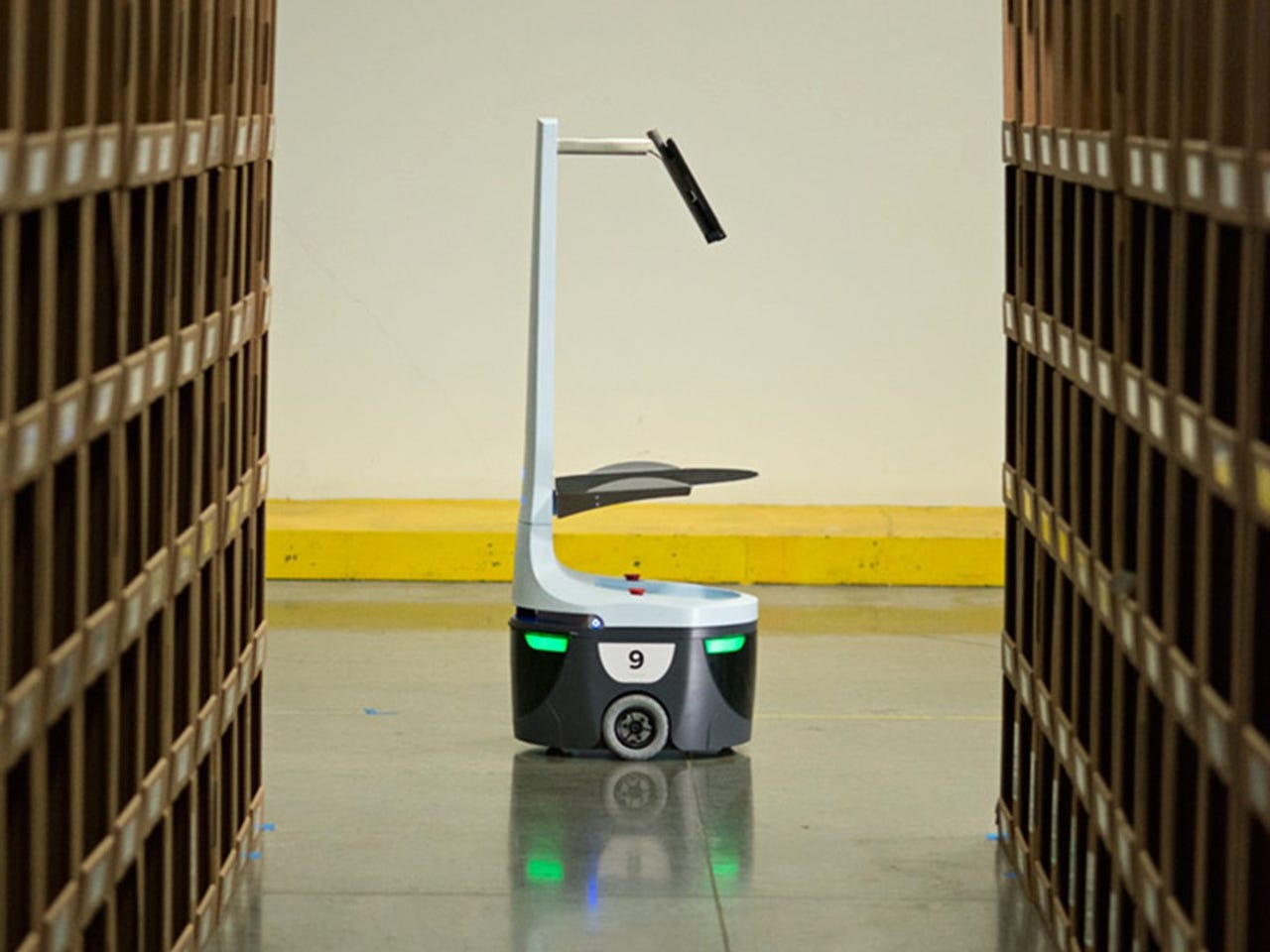Bezos move spurs $20B of growth in logistics robotics


This year is turning out to be a tipping point for how companies manage e-commerce fulfillment.
Worldwide sales of warehousing and logistics robots hit a respectable $1.9 billion in 2016. By 2021, according to a forecast by research firm Tractica, the market will hit a whopping $22.4 billion.
To better conceptualize the market explosion underway, consider that 40,000 units of warehousing and logistics robots were sold last year. A projected 620,000 units will be sold in 2021.
Why the change? In short: Amazon. If the last couple Prime Days proved anything, it's that a) Jeff Bezos is allowed to declare national holidays, and b) the investment Amazon made in warehouse logistics when it bought Kiva Systems for $775 million in 2012 presaged a complete transformation in global commerce.
A conversation about warehouse logistics can bore the pants off your aunts and uncles as you gather around the Prime Day table to enjoy your giant carnival style turkey leg, but keep in mind it's the seemingly mundane innovations that transform how systems work. Take the corrugated box or the advent of standardized shipping containers. Boom. New paradigm for global commerce. (Also keep in mind there's nothing mundane about warehouses run by robots.)
The same thing is happening in fulfillment centers and high-flow warehouses. You'd be hard pressed to find a retailer with any e-commerce aspirations that isn't revamping its operations with an eye toward automation and efficiency. Amazon proved that a fast-paced, customer-driven economy works at scale, and competitors are racing to stay globally competitive in its shadow.
In fact, Bezos all but assured competitors would stay a few years behind Amazon. The 2012 Kiva purchase was as much a defensive play as a move to improve the company's fulfillment operations. Kiva was the leading supplier of warehouse logistics solutions, and huge companies like Staples, Walgreens, and Gap--competitors of the many-tentacled Amazon beast--relied on its technology. Those companies were deprived of crucial functionality in the wake of Amazon's purchase.
Now, at last, several robotics companies are bringing logistics products to market, filling the hole left by Kiva's acquisition and extending the promise of the automated warehouse to even small- and mid-sized retailers.
"Smaller companies must rethink their business strategies and solutions in order to remain competitive in the Age of Amazon," a spokesman for Locus Robotics told me, "an age where customers demand more and more in terms of products, customization, customer service, and delivery speed."
Locus is one of those newer entrants that sprang up in the post-Kiva ecosystem, and it's finding a quickly maturing market for its products. Locus clients include Quiet Logistics (which ships over $1 billion in e-commerce orders a year for brands like Zara, Bonobos and Glossier) and DHL Supply Chain.
Fetch, inVia, and Zulily are other examples of companies offering flexible autonomous solutions to retailers and fulfillment centers, part of the new standard in global logistics.
That's why we're finally hitting a critical mass, why 2017 is the year the logistics industry forever transforms commerce.
And why we gather once every year to sing Prime carols to the rhythmic clacking of dozens of Dash buttons.